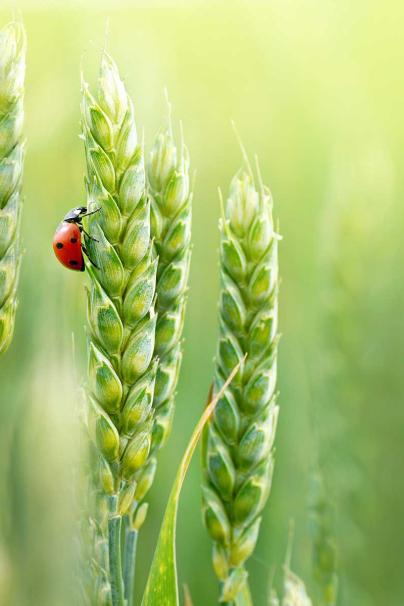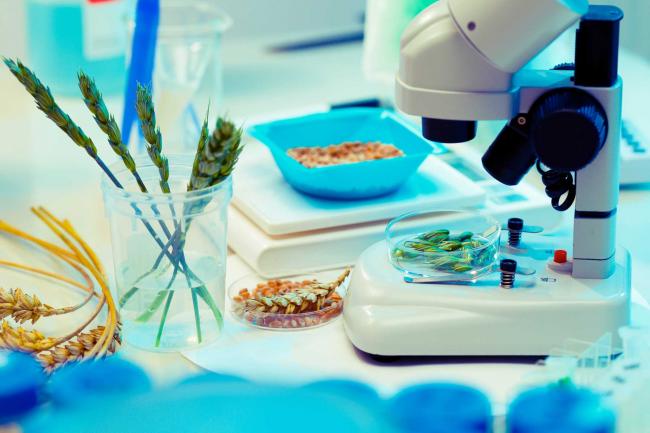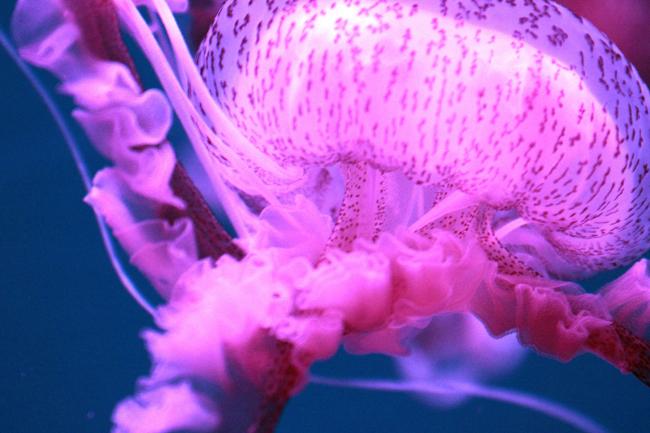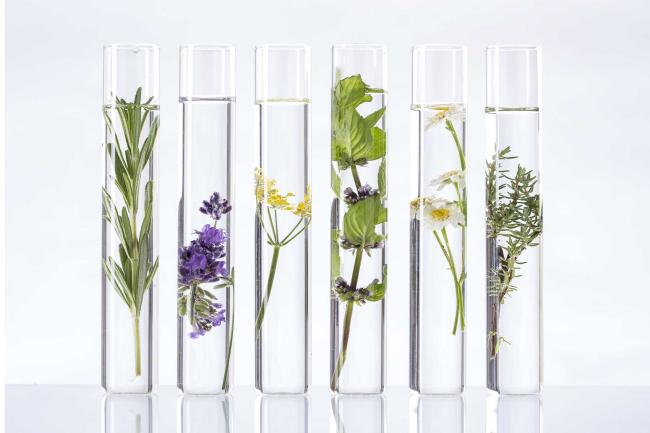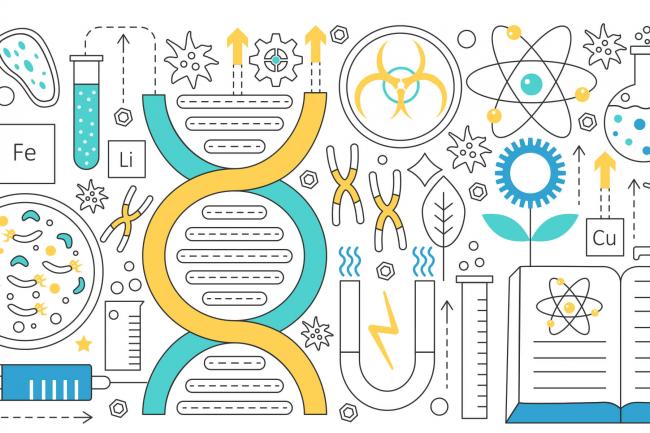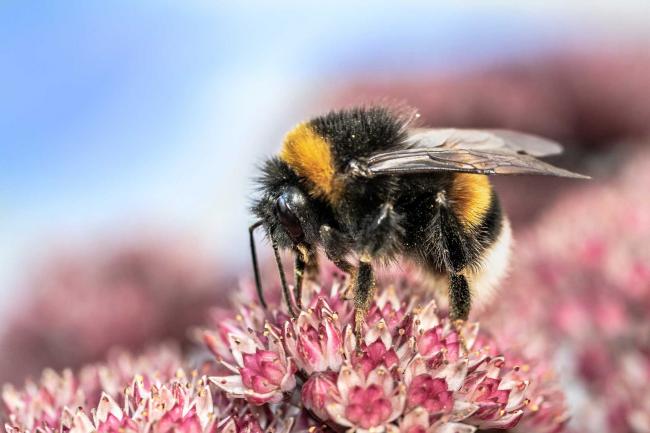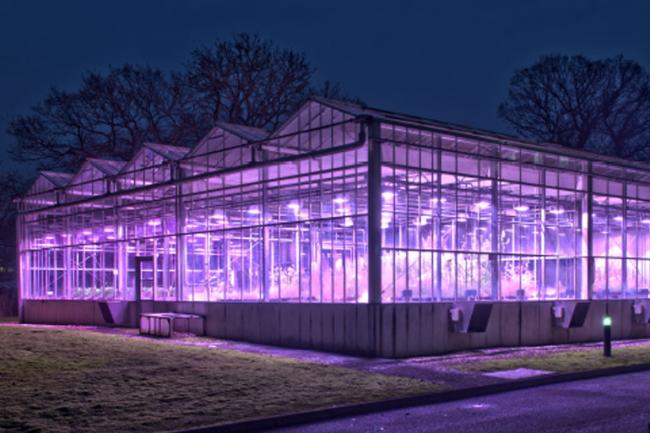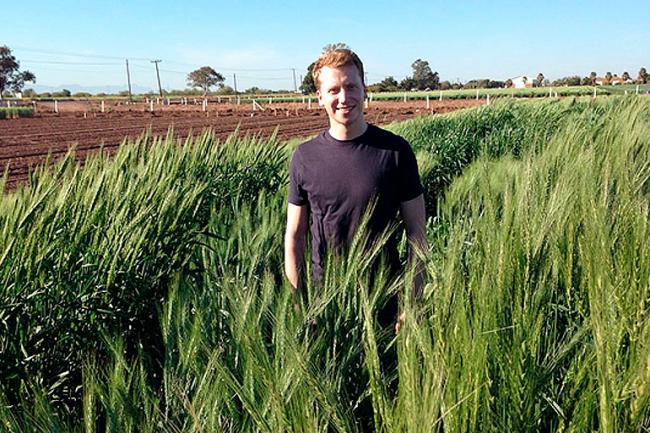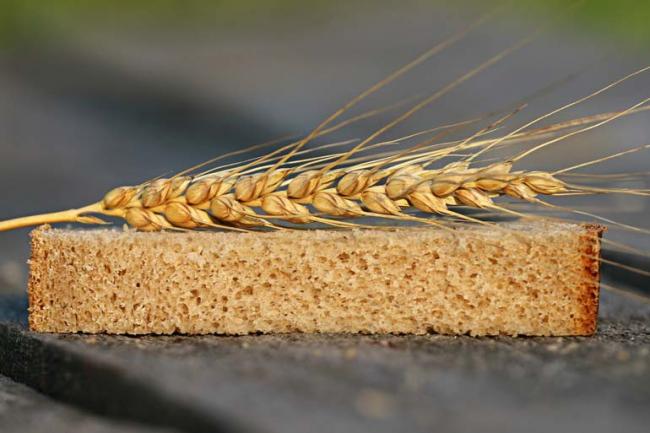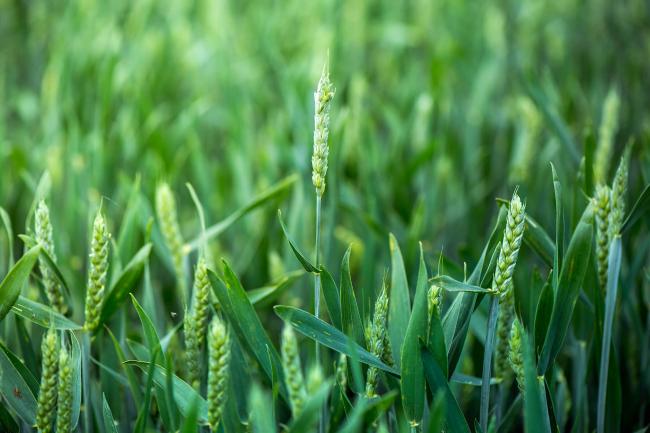The EU is already missing out on a global market worth over 17 billion dollars (value of biotech crop seeds, ISAAA Brief 2017), while simultaneously allowing the products of this market to be purchased and imported as animal feed. At the dawn of the millenium, global seed companies withdrew their operations from Europe in the wake of the EU moratorium on GM. The recent ruling on gene edited crops can only serve to force more expertise and business out of a region where it could otherwise thrive.
Despite recent progress developing genome editing technologies for crops within EU member states, some European seed companies are now looking to withdraw from Europe altogether.
For farmers, especially, this is disadvantageous. They are stuck using the technologies of the past in a world that is racing ahead. Between 1996 and 2015, GM technologies reduced the production costs on farms by 28% (from a cumulative, global perspective), due to less ploughing, less spraying of chemicals and less labour.
Countries around the world including the US, Canada, Brazil and Australia have agreed that the products of the targeted mutagenesis enabled by genome editing tools do not require the regulatory process of transgenic GM and are now using these technologies to develop products.
The fact is, the ECJ’s position on gene edited crops puts Europe at a significant competitive disadvantage, scientifically and economically. The work of EU scientists is suddenly far less likely to ever have an impact on our own agricultural systems. While scientists and companies in the US, Canada, Brazil and Australia are adopting these new technologies and increasing the sustainability and profitability of agriculture, producing higher yields at low costs per hectare, progress in Europe will stagnate.
In the USA, gene-edited soybean that boasts higher levels of nutritionally beneficial oils is already providing consumer products. Argentinian scientists are producing non-browning potatoes and milk that reduces allergic reactions.
Last autumn, several countries issued a statement via the WTO advocating for a functional, risk-based regulatory approaches that encourages innovation. They warned that, without international alignment, differing regulatory oversights will impose barriers to global trade.
The introduction to the statement reads: “Agricultural innovation has played an essential role in increasing yields and productivity in support of growing, prosperous civilizations. Innovations in precision biotechnology, such as gene editing, have brought the promise of major improvements in terms of the ease and precision of introducing desirable traits into agricultural organisms, as compared to other breeding methods. Farmers continually need to broaden access to new tools to improve productivity, plant and animal health, and environmental sustainability, and need to help address global challenges such as climate change, pest and disease pressures, and the safety and security of worldwide food supplies, as well as meet consumer preferences and demands for healthier, higher quality foods at affordable prices. Government policies must continue to foster innovation, including in the public sector and by small and medium-sized enterprises (SMEs), and mitigate unintended, unnecessary barriers to the entry of agricultural products.”
It will be difficult or impossible to develop tests to distinguish plants with mutations made using an older technology or made using genome editing technologies. This fact, in itself, renders the ECJ ruling confusing, to say the least.
